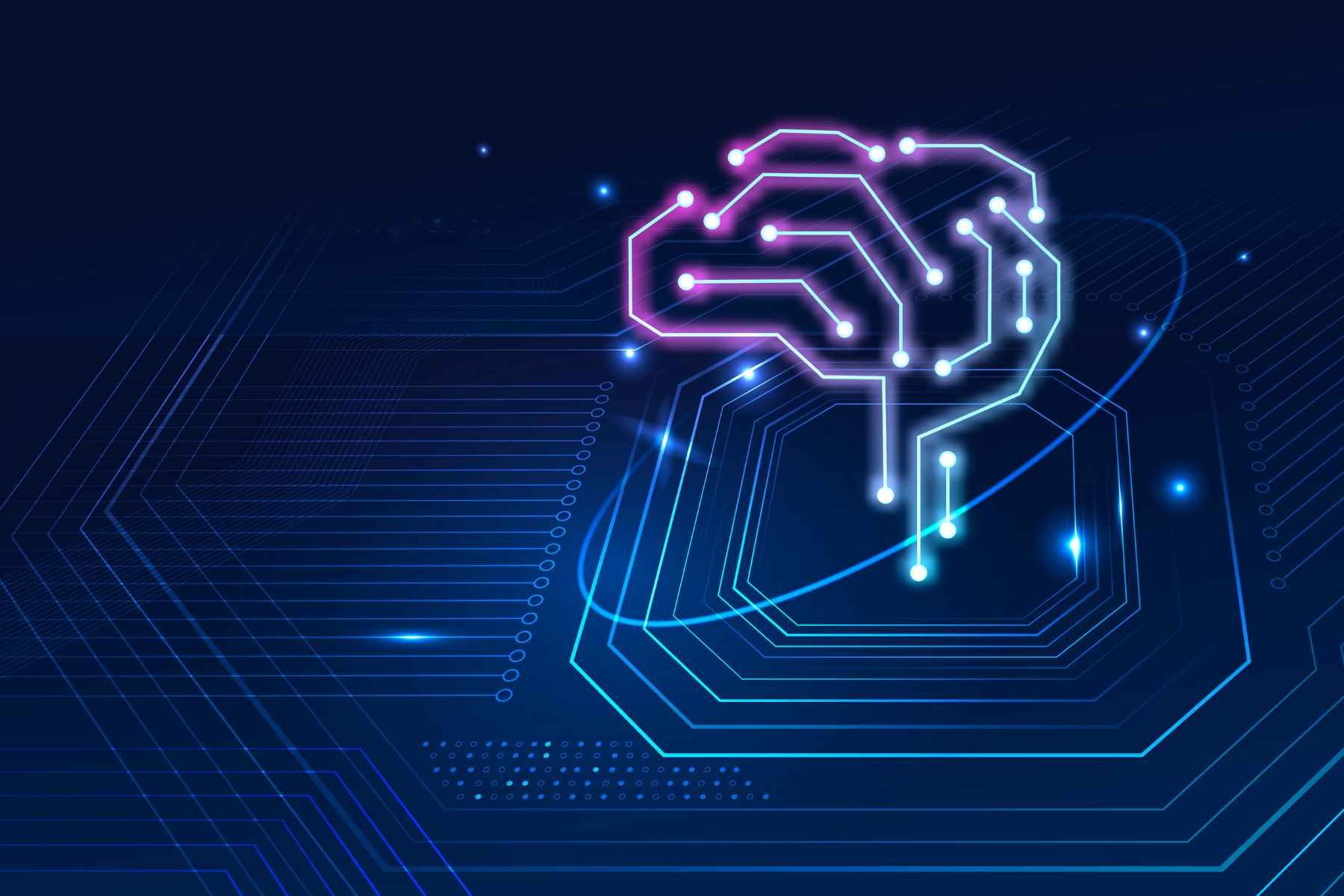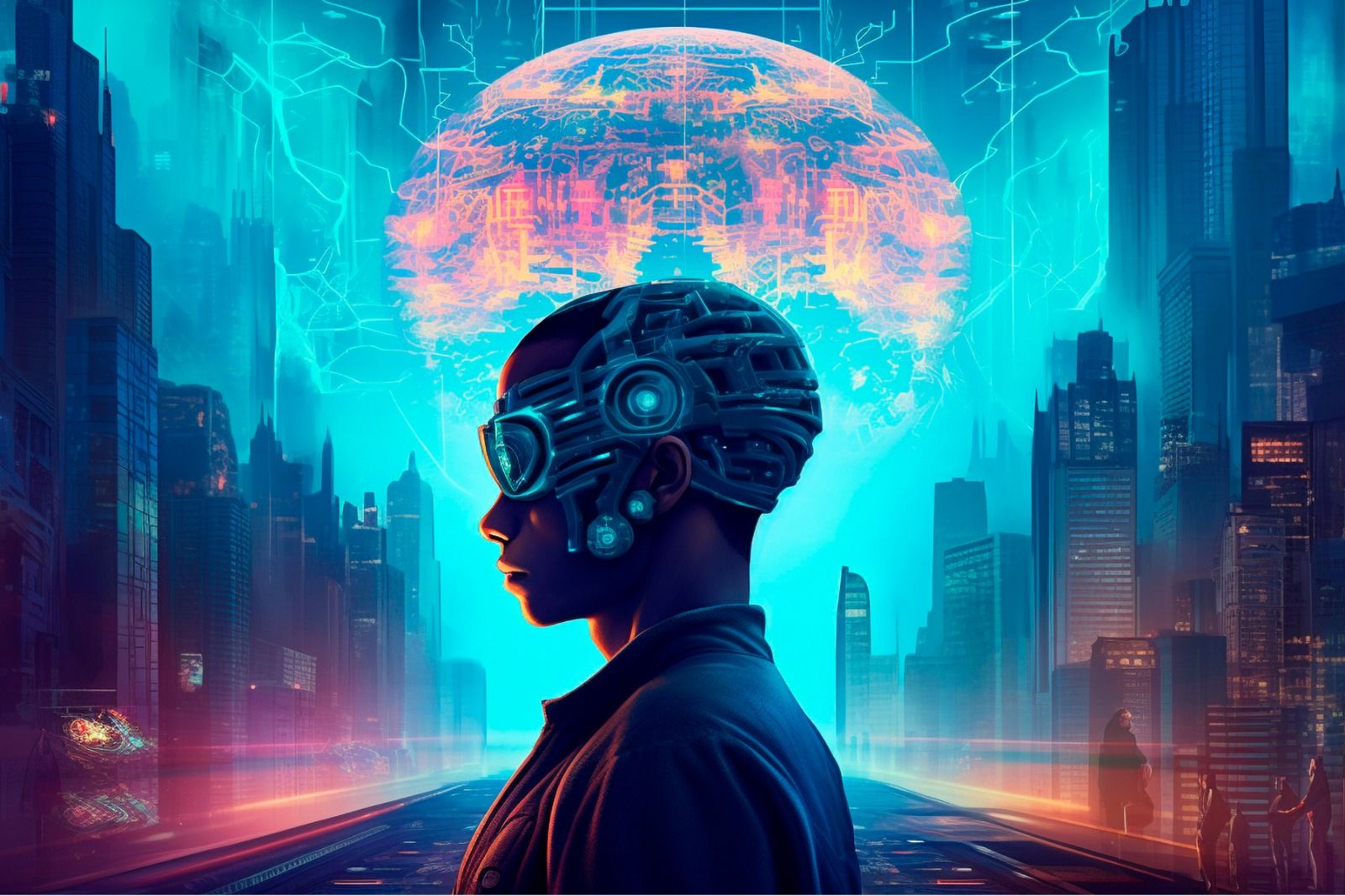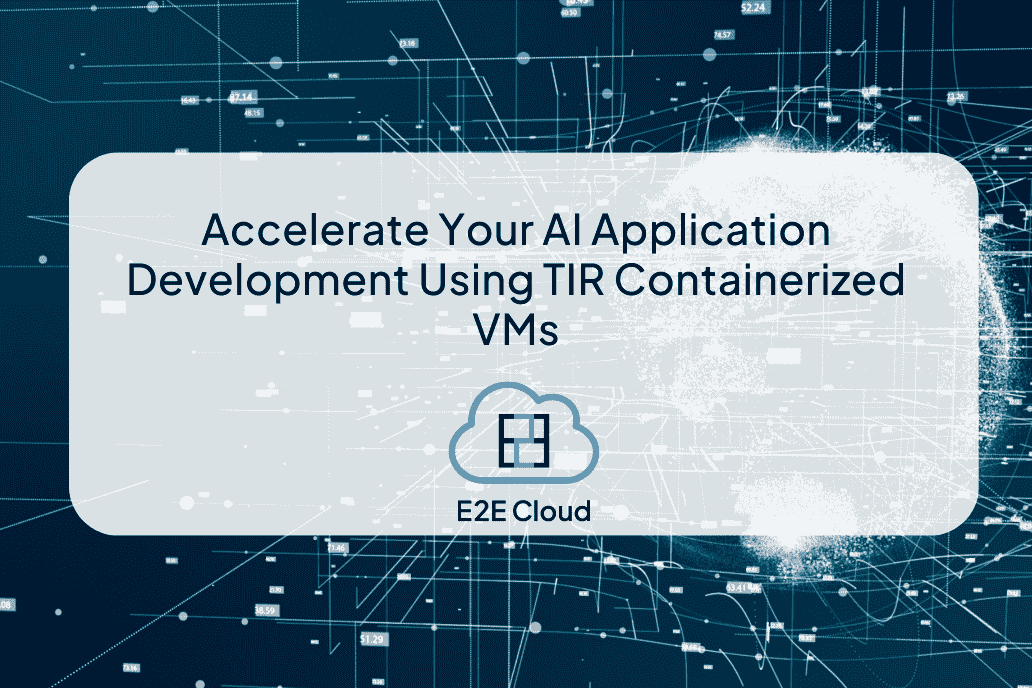Introduction
A company’s culture is very different when the company has a few employees, say 5 or 10. As the company grows and more and more people join the organisation, small groups find themselves operating as a large team distributed geographically. In the IT industry, it is very common to see rapid growth in less than a year. Scaling the culture right is the key to tackling issues arising out of the company’s increased size.
Companies find it easier to maintain their culture when employees are fewer. But recruitment is an on-going process. New people keep joining, and the structure goes through multiple changes. Therefore, it becomes essential to maintain a positive atmosphere that encourages flexibility, freedom, and open communication. This article highlights strategies that will help you improve your company’s culture with your growing business.
1. Pay Attention to the Employees’ Needs
Culture plays an essential role in building and sustaining a great team. A company’s culture is a strong reflection of the core values and principles displayed by the leadership team. No matter how small or big a company is, core values and principles that laid the company’s foundation remain the same throughout. Therefore, it is necessary to display those values by listening to your employees’ views and taking care of their needs.
2. Create Team Charters
Company culture is created by its employees sharing values. Each employee might have their own way of expressing these values, especially when the team is spread geographically and you have employees from different countries. Motivate each team to create their individual team charter outlining their values, views, visions for demonstrating these core values.
3. Reinforce Core Values Periodically
Core values are not just words written on a piece of paper and do not refer to a specific practice or behaviour. It is something that the company believes in and is stated loud during the recruiting and onboarding process. Every formal or informal conversation (from hallway posters, training videos to hallway or lunch conversation) within employees is an opportunity to reinforce these core values to strengthen the culture.
4. Recognize Employees that Demonstrates Company’s Culture
Recognise and reward employees who cultivate the company’s culture. Each employee holds the power to improve the culture by taking the initiative of making a positive environment and a better workplace. Encourage others by identifying these employees and rewarding them. Integrate the core values into the feedback and promotion process to encourage employees to pick core values that resonate with them.
5. Create a Clear Communication Plan
If your team is geographically distributed, arrange tools or software so that the team is well connected and interacting without any issues. Establish a communication plan for teams to interact frequently, share feedback and work expectations. Assign buddies for new hires so that they have someone to reach out to when they need help.
6. Practice What You Preach
For core values to be motivating, it is important that it is understood well by employees and reflected in the team member’s actions. If the values do not encourage or motivate, they will not get attention from the employees and will be rejected. Leaders play an important role in strengthening the company’s culture. They are the role models of many employees, and hence their actions must match the company’s core values and culture. Not only this, but leaders should also celebrate successful demonstrations of the culture.
7. Build Culture into the Company’s Atmosphere
It is easy to get distracted when a company is growing at a rapid pace. The focus shifts from imbibing company values to meeting customer demands, fixing as many bugs as possible, recruiting, training new hires, etc. Unless the top leaders and executives are putting efforts to knit core values and culture into the work atmosphere, core values and culture might get neglected in unforeseen ways.
8. Hire the Right People
You should pay more attention while hiring new employees. The right people strengthen the team culture, while wrong hires can disrupt the culture you have maintained for years. Employees whose behaviour contradicts the company’s culture should be given proper feedback or warning to modify their behaviour. If you do not see any improvement, you should not hesitate to take serious action, i.e., remove them from the company.
Conclusion
Growth at a rapid rate is the biggest enemy of the company’s culture. No matter how well you have established core values and culture and how strong your company’s foundation is, increasing headcount at a rapid pace could challenge your ability to retain the culture for numerous reasons. Therefore, the leadership team must embody the core values completely. Hire the right people and follow the best practices given in this blog to scale your culture and team seamlessly. E2E networks offer an easy to use cloud platform that enables niche workloads to cater to emerging and smaller companies. E2E application scaling platform allows you to scale computing nodes dynamically based on the workloads so that you can optimize cost while meeting the varying infrastructure demands.











